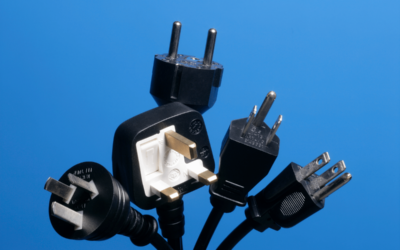The Flightpath Team recently published a detailed article on the pros and cons of platforms like Stripe, Chargebee, and Chargify. The author argues that Stripe is best suited if you anticipate having to develop custom logic. If innovating on pricing models and billing schemes is a key differentiator to your business though, you need to own your billing system. Open-Source billing platforms like Kill Bill can provide the basic billing capabilities out of the box so that the only engineering you need to invest in is customizations.
Open-Source, Open Data
Your billing data is the heart of your company. In the article, the author highlights a nightmare scenario where a bad Stripe setup leads to untrustworthy data. This is sadly a very common scenario we see with our customers migrating to Kill Bill. The most common example is in their Entitlement Management system.
An entitlement is a service or product type that a user account or product instance is allowed to access. The entitlement management system is the source of truth as to which services a user (or product instance) has access. Entitlement and billing are very closely associated but can require separate business logic. It can be a painful undertaking to try to build an entitlement system on top of a billing system that wasn’t designed for this purpose. Entitlement and billing need to be constantly in sync. Maintaining that single view of the data between systems is a difficult task. Bugs lead to errors in the data that can be difficult, and sometimes impossible to fix.
Unlike Kill Bill, none of the major SaaS billing providers offer an Entitlement Management system. Yet, in our experience, most of the online businesses need one.
In-house Open-Source Billing system means less downtime
A SaaS Billing solution needs to be available. If you can’t get to it, or it is out of action, your business could suffer. As such, you should try to design your internal system to minimize dependence on the uptime of a third party. However, if you rely on them for entitlement data for instance, your product might become unavailable to your customers when they are down. Or if you rely on them to collect high-level account data, your customers may not be able to sign up while they are down.
What level of uptime does your SaaS provider commit to? How long and how often are the planned maintenances? While the published SLAs are very good nowadays, you still need to expect some amount of downtime. A common solution for this is to record the data locally. Once the SaaS is back online, you can sync it back. This can lead to data discrepancy and reconciliation issues.
With an in-house billing system, there is a single source of truth for all of your data, in your own cloud or datacenter.
Open-Source + SaaS Billing = OpenSaaS Billing
Kill Bill comes with a one-click AWS installer which gives you a turnkey billing platform similar to the SaaS platforms mentioned in the article. However, you are now in control of your data. If integrating with providers like Chartmogul isn’t an option for your business to compute your metrics for instance, you have direct access to the full subscription and invoicing data. Very few, if any, of the SaaS providers are well set up to allow this. Their APIs are set up for small-scale queries not bulk extraction. However, if you want to correlate product data with billing data, for example, churn with use of the product or features accessed, you will need to be able to extract your data.
Kill Bill provides also an unmatched framework for extensibility. Integrations with popular third-party providers already exist. Avalara can handle the complexity of tax calculation. Stripe can handle the credit card transactions. In addition, you can create your own plugins to further customize the system.
Takeaway
Remember, migrating is hard. Don’t make the choice of billing system lightly. Billing systems contain a lot of active data, including ongoing subscriptions, unpaid invoices and even credit card data. Once you have chosen a system it can take months, if not years of engineering work to smoothly migrate your customers to a different system. Avoid being locked in to a provider where your opportunities to update your billing are limited by their roadmap. In other words, consider instead whether an Open-Source SaaS billing platform like Kill Bill isn’t more suited for you.
Want to know more about Kill Bill or have additional questions? Feel free to get in touch.


